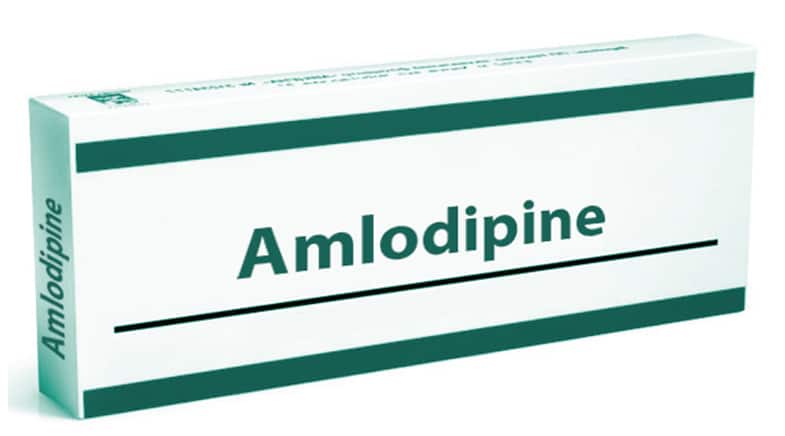Amlodipine, Marginal Pupil Dilation Correlation Explored in Research
Amlodipine, Marginal Pupil Dilation Correlation Explored in Research
Iris-dilating rings may be needed in certain cases to enlarge pupil, ease cataract surgery
Instillation of a calcium channel blocker, amlodipine (Norvasc, Pfizer), into the eye may complicate phacoemulsification by causing marginal dilation of the pupil.
In such cases, pupil-dilating devices may facilitate cataract removal, said Matthew D. Paul, MD, who is in private practice in Danbury, CT.
Ophthalmologists will recall how a decade ago, David Chang, MD, and John Campbell, MD, reported the condition referred to as intraoperative floppy iris syndrome and its relationship to a treatment in men for symptoms of an enlarged prostate, tamsulosin (Flomax, Boehringer Ingelheim Pharmaceuticals). The resultant iris prolapse at first was controlled intraoperatively using iris hooks, bimanual techniques, and intracameral epinephrine and later, by intraocular iris-dilating rings or specula.
Dr. Paul and his colleague, Samuel Zuckerman, conducted a study in which they retrospectively reviewed the results of one surgeon for the use of a pupil-dilating ring in cases in which tamsulosin was not used. The investigators identified a group of patients with borderline pupil dilation.
“Our study suggested that amlodipine alters pupil dilation and reaction to dilating drugs, although not to the same pathologic nature as tamsulosin—yet, significantly enough to push surgeons to use iris-dilating rings,” he said.
“We felt that for these patients it was advantageous, safer, and in the patients’ best interests to use these iris-dilating devices to enlarge the pupil and facilitate phacoemulsification,” he said. “Generally, these patients have pupils between 2 and 4 mm who failed aggressive regimens of preoperative dilation.”
CASES NEEDING DILATING DEVICES
Of 100 patients identified, 89 patients had no history of tamsulosin use. An iris-dilating device (Malyugin Ring, MicroSurgical Technology) was needed in 15 of these patients. The average age of the patients in whom the ring was used was 81.3 years compared with an average age of 73.3 years in patients in whom the ring was not used.
“We found that of 78 patients who did not need the ring, there were seven (9.0%) patients using amlodipine, the dihydropyridene L-type calcium blocker that is used to treat hypertension,” Dr. Paul said. “In the 11 patients who needed the iris-dilating ring, we identified four (36.3%) patients who were taking amlodipine.”
After these findings, Drs. Paul and Zuckerman then evaluated 80 cases of a second surgeon and found that 66 of those patients did not use tamsulosin. The patients who did not need an iris-dilating ring were an average of 73.6 years of age and those who needed an iris-dilating ring were an average of 82.6 years of age.
When the results from the two surgeons were compared, the findings were similar. There was a significant (p < 0.001) difference between the percentages of patients needing the iris-dilating device and those who did not.
“Of the 54 patients who did not need the ring, only four (7.4%) patients were taking amlodipine,” Dr. Paul said. “Of the 12 (41.7%) patients who needed the ring, five were taking amlodipine.”
In addition, the average age of the patients who needed an iris-dilating ring was older, although not significantly so.
ALTERING PUPIL DILATION
The effect of an L-type calcium blocker on pupil dilation is not new, having been first reported in the mid-1980s by Marcello Fanciullacci, MD.
“It seems likely that prolonged use of amlodipine can change the reactions of a pupil to light and dilation,” Dr. Paul said. “Our study suggested that it causes pupils in many cases to become marginally dilated with the use of an aggressive preoperative regimen of phenylephrine 10% hydrochloride ophthalmic solution [Paragon] and cyclopentolate hydrochloride 2% [Alcon Laboratories], as well as the use of the dilating ADAA gel [Advanced Rx Compounding Pharmacy].
Dr. Paul suggested the importance of determining preoperatively if patients are using tamsulosin and amlodipine.
“With this knowledge, surgeons can be properly prepared to counsel patients about the surgical technique, the use of the femtosecond laser, which requires a well-dilated pupil, and the possible use of an iris-dilating ring,” he concluded.
Source/





















